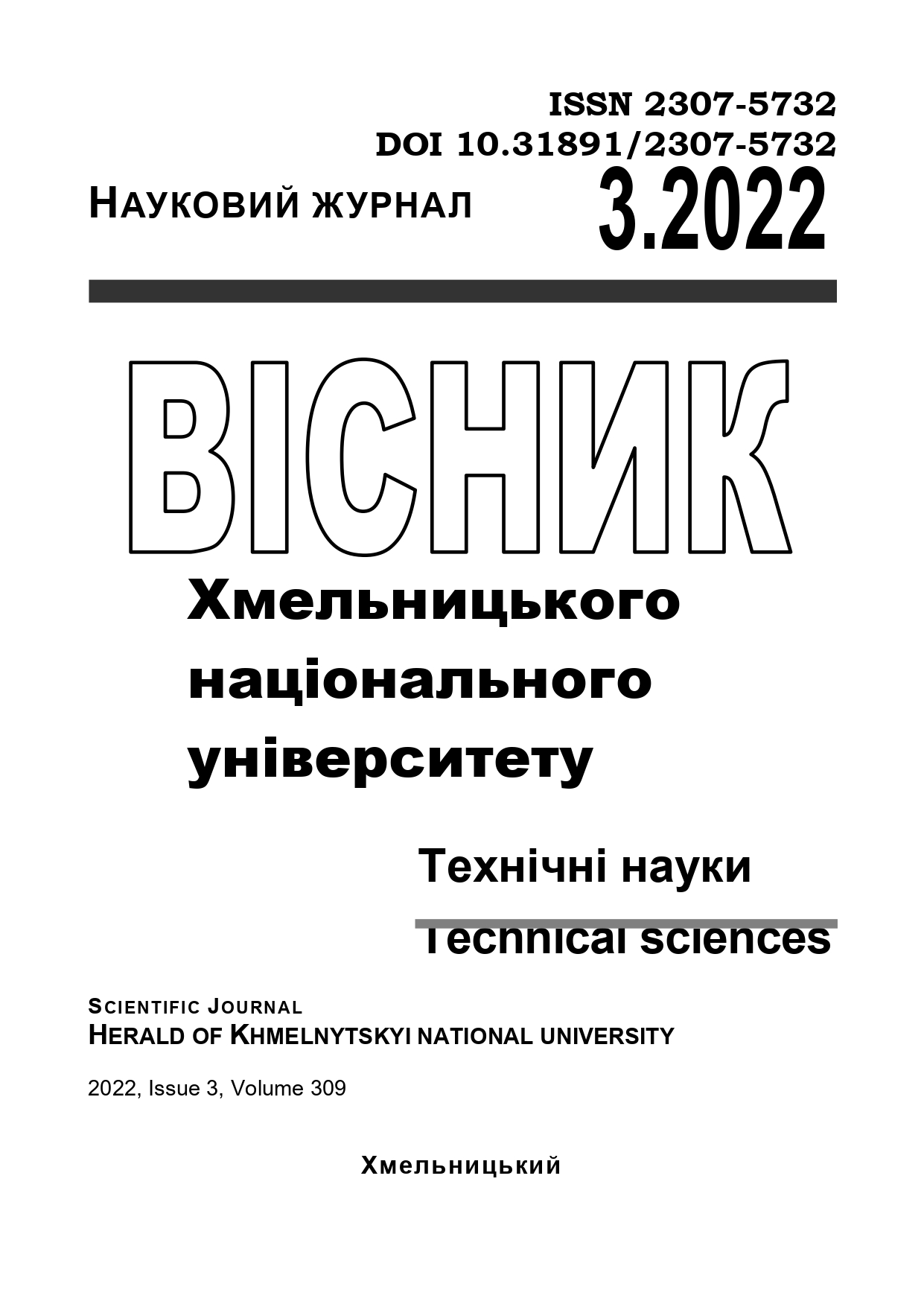ANALYSIS OF MECHANICAL METHODS OF CONTROLLING THE POSITION OF FLAT SHOE PARTS BY SURFACE PROPERTIES
DOI:
https://doi.org/10.31891/2307-5732-2022-309-3-194-198Keywords:
frictional properties, topography, rolls, air jetsAbstract
The article considers ways to solve the problem of orientation of flat parts with different properties of surfaces that come to the working position of technological equipment. Mechanical methods of controlling the position of flat parts of footwear on the properties of surfaces are based on the use of asymmetry of their frictional properties or the magnitude of surface irregularities. In some cases, in the process of position control with the help of devices that implement these methods, it is possible to simultaneously transport the part to the working position of the process equipment or to the position of reorientation. Frictional properties of surfaces of any materials are characterized by the coefficient of friction, which depends on the elastic properties of the material, surface roughness, specific load and many other parameters that characterize the molecular interaction of surfaces in the contact zone. Most shoe materials have different frictional properties of the front and back surfaces. This provides the ability to automatically orient parts made of such materials on the basis of "front side - reverse side" using the differences in the frictional properties of the surfaces of the part. The use of rolls as sensors to control the position of flat shoe parts on the frictional properties of surfaces and simultaneous transportation of parts from the control position to the loading or reorientation position greatly simplifies the control operation, increases productivity and reliability of control devices. For correct installation of details on technological processing it is necessary to reveal their position and, in case of incorrect, to reorient. For this purpose, devices for position control on frictional properties and asymmetry of surface topography, as well as their design calculations are proposed.
Downloads
Published
Issue
Section
License
Copyright (c) 2022 А. КАРМАЛІТА, С. ПУНДИК, Г. ДРАПАК, В. МЕЛЬНИК (Автор)

This work is licensed under a Creative Commons Attribution 4.0 International License.

